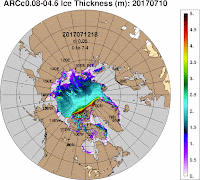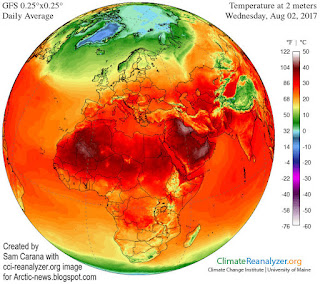In January, I posted nine goals and it's time to do a mid-year check in to find out where that I need to focus on getting my bootie in gear!
1.Run a 100 mile race -- Done June 2017. Bryce 100M is in the books!
2. Run 2,400 miles / Climb 450,000 feet -- In progress / on track. Stats mid-July = 1,300 miles (54%) / 244,000 ft. (58%)
3. Conquer the hills -- Needs work! (A lot of work)! The goal was to PR on the following:
(1) Marincello: Goal = beat 15:41 total or 10:53/mi -- best so far = 16:36 total or 11:31/mi
(2) Bobcat: Goal = beat 21:33 total or 10:39/mi -- best so far = 23:19 total or 11:31/mi
(3) Regular 12: Goal = beat 1:45:00 total or 9:03/mi -- best so far = 1:57:51 total or 10:09/mi
4.Read 52 books (with at least 4 of them off my home shelf) -- Done June 2017. Stats mid-June = 57 books. Also, as of mid-June, 6 of them have been off of my own shelf and I have given away 4 of them after I have finished them.
5. Bike or Run Commute once a week to work -- In progress / probably on track. The rain finally stopped, but then I got a flat tire and then I got lazy. I need a total of 180 biking miles (1 round trip per week = approx 3.5 miles). Stats mid-July = 35.4 miles (19% done). I have not run commute even once this year.
6. Try 12 new things -- In progress / probably on track. This can be a new place, a new food, a new activity, or...whatever! I have definitely added a few to my list but need to keep finding new things to try!
7. Spend less money than last year -- In progress / on track. As of the end of Q2, I have spent 26% less than last year. However, I did buy a car last year in March, so it's not surprising that the first two quarters this year are lower. It will be interesting to see how this shakes out after Q3, as I bought a lot of new backpacking gear this quarter.
8. Complete my yard project -- In progress / probably on track. In the front, I have done about 90% of the project. I still need to finalize the drip system and add rocks to one grassy area, but I am waiting for it to dry up first.
9. Complete my wall art / photo project -- In progress / probably on track. I did finally put up some photos! However, this is only about 75% done. I have to pick out a few larger photos to print and then hang them, which is something I tend to put off!
So I am done with two, on track with two, probably on track with four and need serious work on one!
How are your 2017 goals coming along? Have you spent more or less money than last year?
1.
2. Run 2,400 miles / Climb 450,000 feet -- In progress / on track. Stats mid-July = 1,300 miles (54%) / 244,000 ft. (58%)
3. Conquer the hills -- Needs work! (A lot of work)! The goal was to PR on the following:
(1) Marincello: Goal = beat 15:41 total or 10:53/mi -- best so far = 16:36 total or 11:31/mi
(2) Bobcat: Goal = beat 21:33 total or 10:39/mi -- best so far = 23:19 total or 11:31/mi
(3) Regular 12: Goal = beat 1:45:00 total or 9:03/mi -- best so far = 1:57:51 total or 10:09/mi
4.
5. Bike or Run Commute once a week to work -- In progress / probably on track. The rain finally stopped, but then I got a flat tire and then I got lazy. I need a total of 180 biking miles (1 round trip per week = approx 3.5 miles). Stats mid-July = 35.4 miles (19% done). I have not run commute even once this year.
6. Try 12 new things -- In progress / probably on track. This can be a new place, a new food, a new activity, or...whatever! I have definitely added a few to my list but need to keep finding new things to try!
7. Spend less money than last year -- In progress / on track. As of the end of Q2, I have spent 26% less than last year. However, I did buy a car last year in March, so it's not surprising that the first two quarters this year are lower. It will be interesting to see how this shakes out after Q3, as I bought a lot of new backpacking gear this quarter.
8. Complete my yard project -- In progress / probably on track. In the front, I have done about 90% of the project. I still need to finalize the drip system and add rocks to one grassy area, but I am waiting for it to dry up first.
9. Complete my wall art / photo project -- In progress / probably on track. I did finally put up some photos! However, this is only about 75% done. I have to pick out a few larger photos to print and then hang them, which is something I tend to put off!
So I am done with two, on track with two, probably on track with four and need serious work on one!
How are your 2017 goals coming along? Have you spent more or less money than last year?






























































